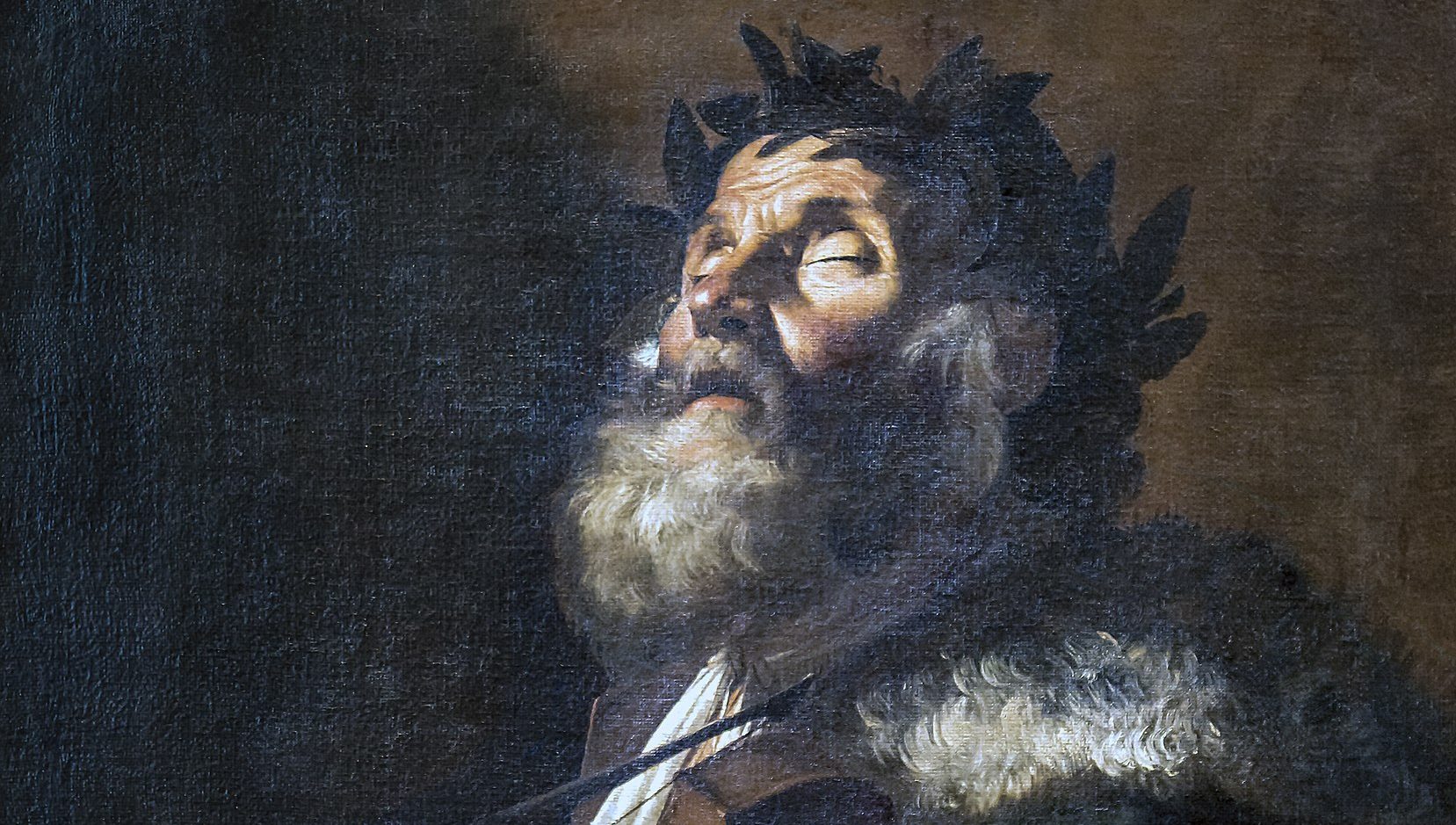Mysteries to solve and ancient texts to decrypt are always fascinating, aren’t they? And even more so when the stake is $1,000.
In 2007, the University of Chicago Library received a rare 1504 Venetian edition of Homer’s Odyssey as a donation by collector M.C. Lang. This particular book showed handwritten annotations that seemed impossible to identify, except for the legible date of April 25, 1854.
The Library’s Special Collections Research Center called on experts, linguists, and classicists to solve the enigma by identifying the script in the margins, providing supporting evidence, and translating part of it.
As an incentive, the Lang Foundation offered a reward of $1,000 to the first person to succeed. Clearly, the contest was welcomed with enthusiasm, and the online response was massive from all over the world.
Finally, the mysterious code was cracked by two young Italian researchers: Daniele Metilli, a student of digital humanities at the University of Pisa who aims for a career in libraries or archives, and his colleague Giulia Accetta, a stenography specialist also fluent in French.
Based on the assumption that it was a system of French stenography in use in the mid-19th century – besides the date, there were also a few French words mixed with the encrypted text – Metilli and Accetta considered a number of shorthand methods before identifying the correct one. The system used in this case was invented by Jean Coulon de Thévénot in the late 1700s, and here it was used to translate into French some of the Greek words from the epic poem.
As Chicago University’s web site reports, Daniele Metilli explained that in this particular stenographic system “every consonant and vowel has a starting shape, and they combine together to form new shapes representing syllables. The vertical alignment is especially important, as the position of a letter above or below the line, or even the length of a letter segment can change the value of the grapheme.”
The two Italian experts will continue to work on the annotations, in hope of discovering the author’s identity as well as determining the reason why they can be found only in one section of the tome.
According to Alice Schreyer, director of the Special Collections Research Center, this contest and similar online initiatives arouse interest in rare books and manuscripts, making them known to a vast audience of scholars worldwide.
As a result, M.C. Lang’s collection has already become a catalog and an online exhibition of editions and translations of the Iliad and the Odyssey, tracing their transmission in print form. Modern information technologies and social media also helped the winners to identify and translate the script within just a few hours.
“If I didn’t have access to online sources such as Google Books, the Greek Word Study Tool of the Perseus Digital Library and the French corpora of the CNRTL, I probably wouldn’t have won. What great times we live in!”, Metilli wrote. Such an exciting experience also confirmed his career objective, as libraries and archives – just like the human mind – proved to be rich in mysterious wonders.






























